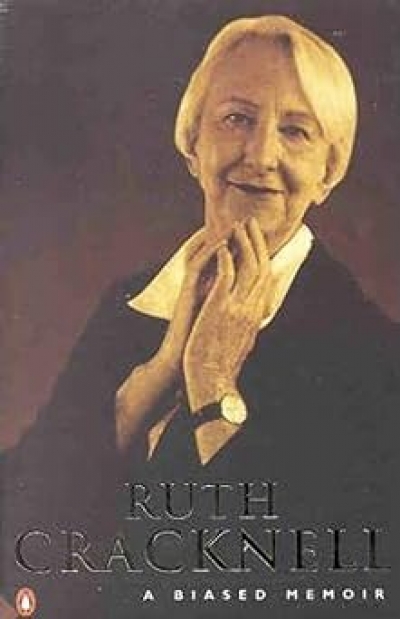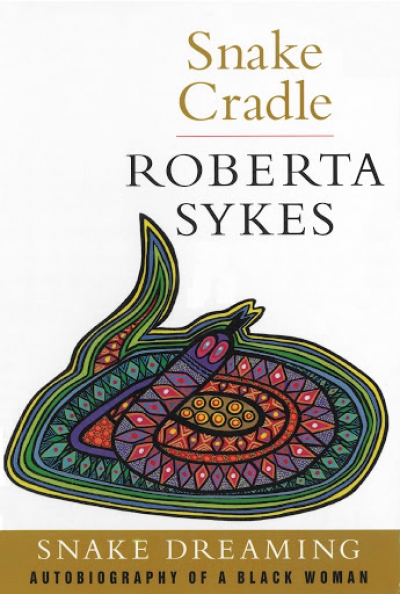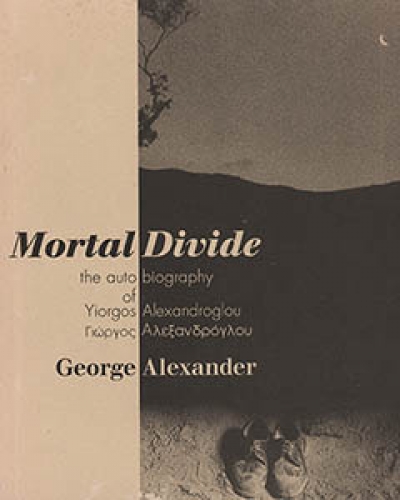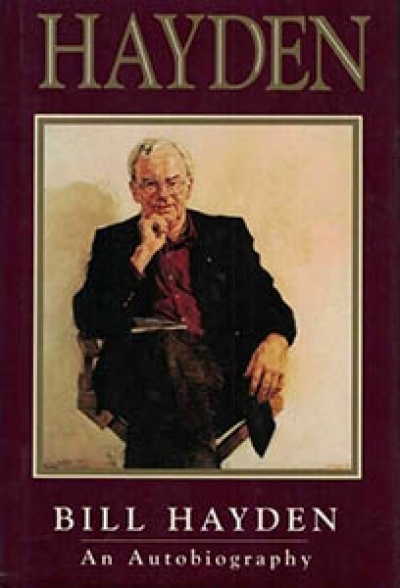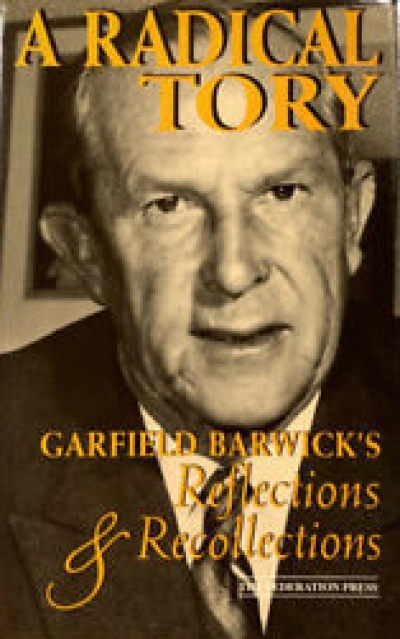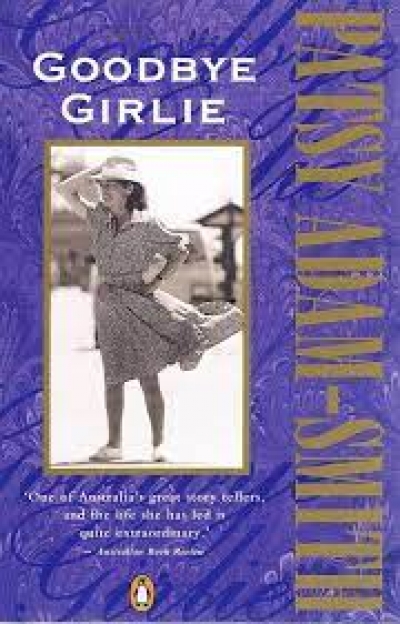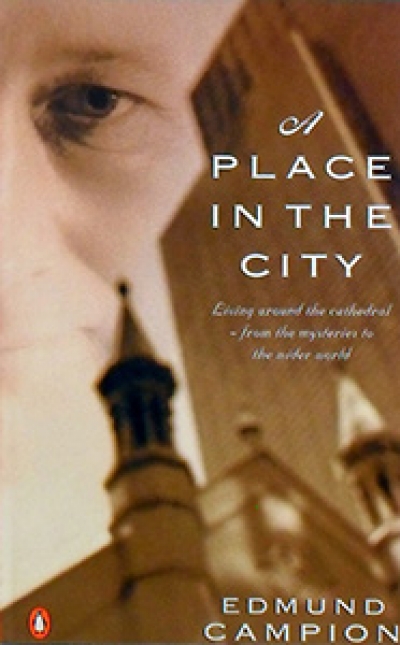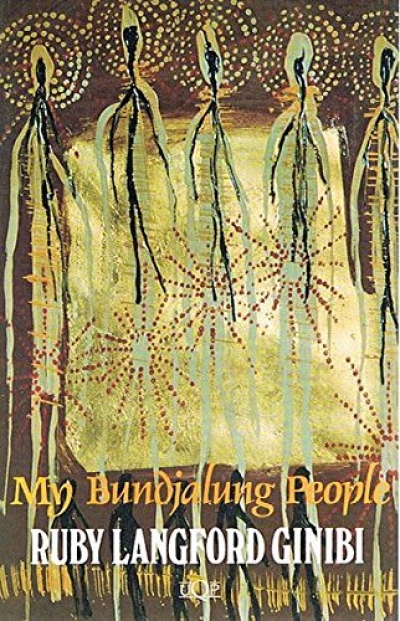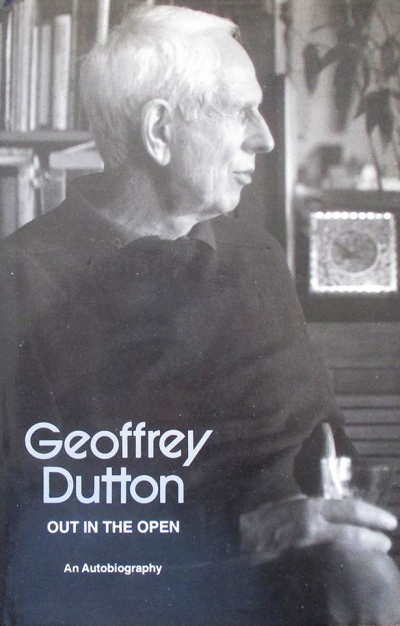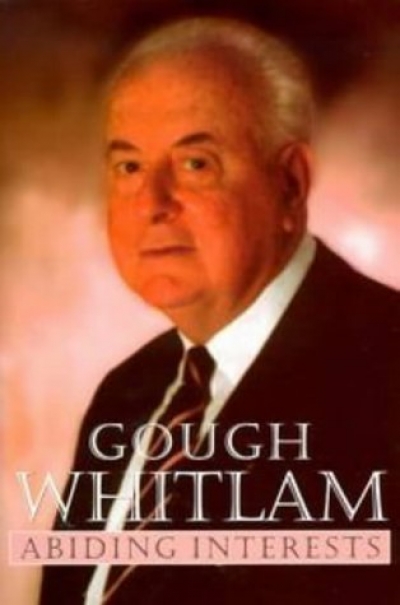David Marr, in his biography of Patrick White, makes the statement that White saw suffering as a force of history shaping human life and events. The worst suffering of all being loneliness and the need to be rescued from it. White is quoted as saying; ‘I have always found in my own case that something positive, either creative or moral, has come out of anything I have experienced in the way of affliction.’ Marr explains that White admired, in others, signs of his own ambivalence: ‘men of unexpected gentleness and women with masculine strength’. A realisation, an explanation, sensed in childhood and expressed when he was an old man. Perhaps the inheritance for many sensitive and perceptive children.
...
(read more)

